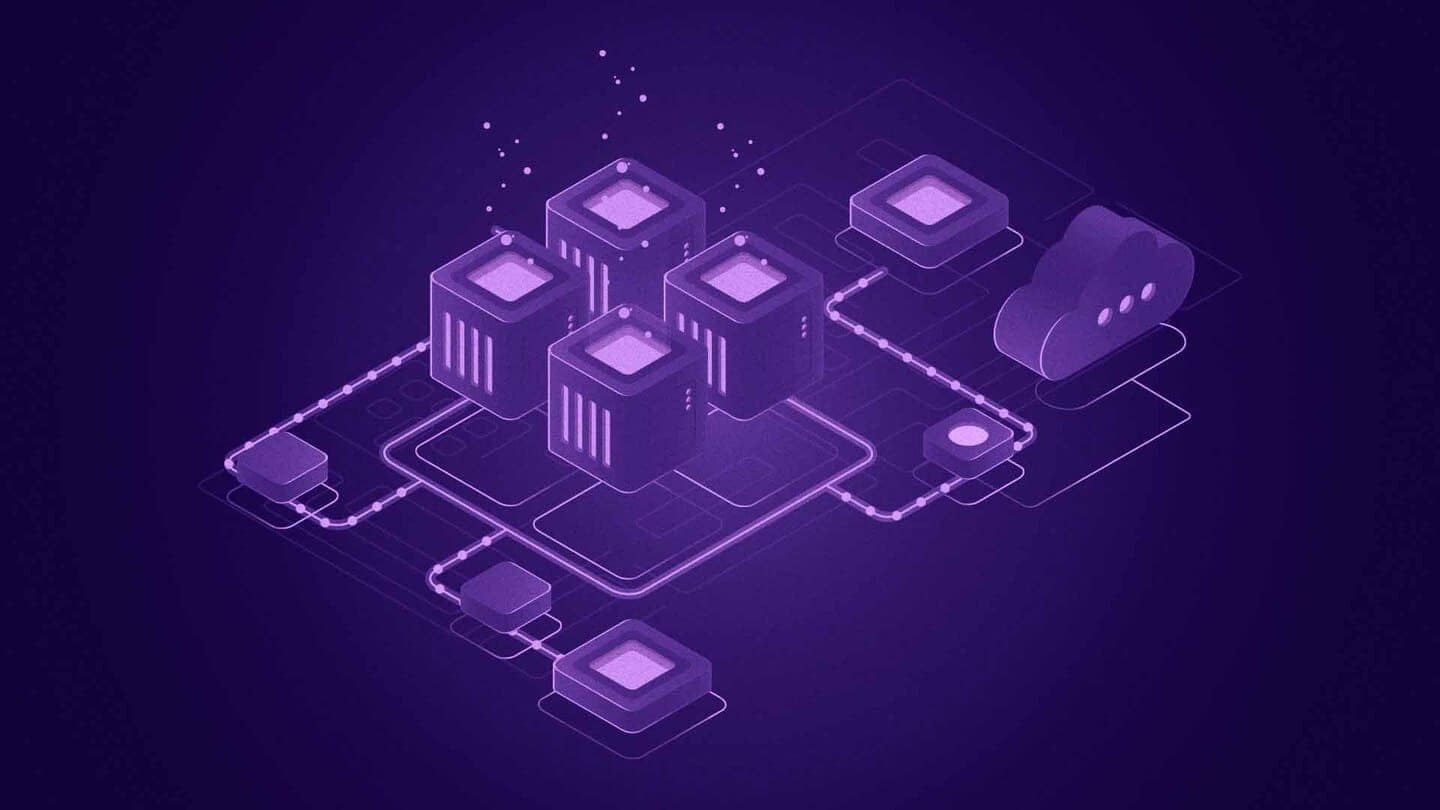With the advancement in blockchain technology, it is essential for developers, investors and users to understand how its key components function. In blockchain, two main layers exist namely; the Execution Layer and the Consensus Layer.
These two layers form the backbone of modern blockchain architecture. Although they work unanimously to ensure a safe, functional network, each layer has its unique function or purpose.
This post explains in detail what these blockchain layers are, and why they matter.
What Are Blockchain Layers and Why Do They Matter?
Blockchain layers are a modular approach to structuring blockchain networks, where different parts of the system are separated based on function.
This layered structure segments the blockchain into major components, Execution Layer and the Consensus Layer. These layers handle different responsibilities: one executes transactions and smart contracts, while the other ensures agreement on the correct state of the network.
This execution and consensus separation matters because it brings several critical benefits:
- Scalability: By isolating transaction processing from consensus, blockchains can handle more transactions in parallel and support technologies like rollups, which execute off-chain and settle on-chain.
- Performance Optimization: Each layer can be independently upgraded or optimized. For example, the Execution Layer can adopt faster virtual machines without affecting the consensus mechanism.
- Flexibility: Developers can build custom execution environments (e.g., for gaming, DeFi, or identity systems) while relying on a shared, secure Consensus Layer.
- Security and Decentralization: The separation reduces complexity in each layer, allowing for more robust and decentralized consensus mechanisms.
Networks like Ethereum have adopted this model post-Merge, and Celestia was built from the ground up around modularity. In short, blockchain layers are foundational to the next generation of decentralized infrastructure—making blockchains faster, safer, and more adaptable to diverse use cases.
What Is the Consensus Layer?
The Consensus Layer of a blockchain is the part that makes sure that all participants in the network agree upon the ledger’s status. Its main responsibility is to execute as well as finalize the transactions in a manner that ensures network trust, prevents double spending, and protects the chain from other malicious actors.
This layer uses mechanisms such as validators, staking, and consensus algorithms like Proof of Stake to come to agreement on a decentralized system. When consensus is reached, a block is confirmed and comes to a state of finality; it means that the block is permanently inscribed and can no longer be modified without considerable effort.
In Ethereum, the Beacon Chain that was added after the Merge serves as the heart of the Consensus Layer. It manages the validators by scheduling them, determining who will propose the blocks, and finalizing blocks of the network.
What is the Execution Layer?
The Execution Layer is defined as the part of the blockchain that executes smart contracts, handles transactions, and updates the global state of a particular blockchain. For example, each time a user engages with a dApp, be it swapping tokens in a DEX or minting NFTs, or even borrowing from DeFi protocols, it’s the Execution Layer that services the request and updates the states to reflect the new situation.
Blockchains have real world utility and require an environment for the computation which can be provided by the Execution Layer. The environment will verify ownership of the applicable balances or permissions and perform the necessary updates to blockchain state.
Ethereum is one of the blockchains in which the Execution Layer is decoupled from the Consensus Layer. After The Merge, Execution Layer became the original Ethereum chain and Beacon Chain now performs the consensus. Such forms of decoupling enables extensibility and improved flexibility in the structure of blockchains.
Optimism and Arbitrum, which follow the decentralized modular Layer 2 model, also create their own Execution Layers. These place data on the consensus layer of Ethereum after processing them off chain for cost effective and rapid services without compromising security.
By separating execution from consensus, modern blockchains are more adaptable and scalable—fueling a broad range of decentralized innovations across finance, gaming, identity, and beyond.
Why This Separation Matters for Future-Proof Blockchain Design
Separating the Execution Layer from the Consensus Layer is a key innovation driving the next generation of scalable and adaptable blockchains. This modular approach allows developers to optimize execution performance—handling more transactions, faster—while maintaining robust consensus security to protect the network’s integrity.
Key benefits include:
- Scalability: Modular chains can process high volumes of transactions without overloading the base layer.
- Interoperability: Different execution environments can share a common consensus layer, making it easier to connect diverse apps and chains.
- Modularity: Developers can upgrade or customize layers independently, allowing blockchains to evolve without disruptive hard forks.
By embracing separation of concerns, Chiliz Chain can integrate innovations in smart contract execution or validator design without compromising its core infrastructure.
With blockchain ecosystems becoming more complex, this structure ensures networks remain flexible, efficient, and future-proof, with each supporting everything from Fan Tokens to next-gen decentralized platforms











